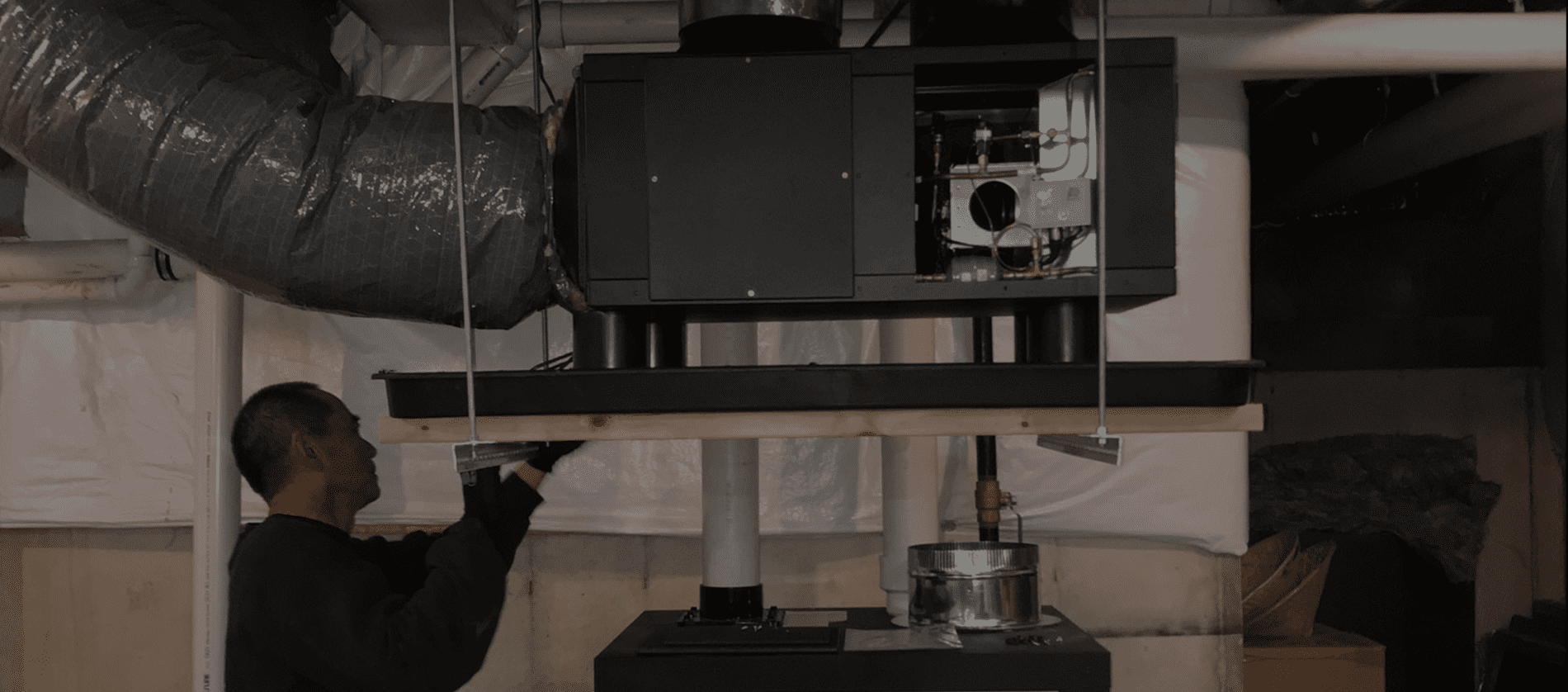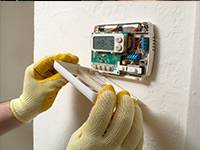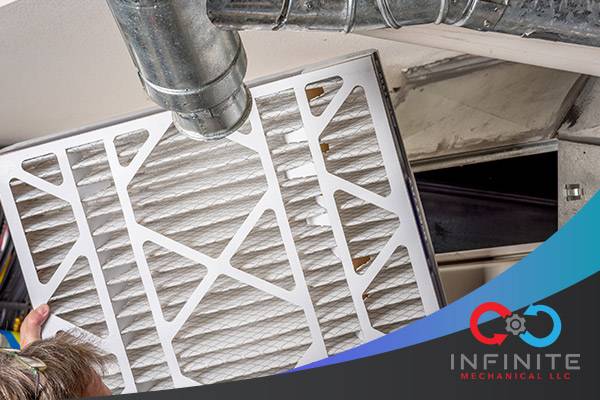
Experiencing a cold home or office in Philadelphia County, despite your heater being on? Infinite Mechanical understands your frustration. Our blog explores typical reasons for this issue and how our skilled technicians can provide effective solutions for your heating needs.
Understanding the Heater Dilemma: On But Not Heating
If you’re in Philadelphia County, PA, or the surrounding areas, encountering a heater that’s running but not providing warmth can be particularly challenging during the colder months. At Infinite Mechanical, we often come across this perplexing issue and have identified several common causes.
Thermostat Troubles
One of the most frequent causes of heating issues is related to the thermostat. Misconfiguration or malfunction of the thermostat can lead to inadequate heating. Ensure that your thermostat is set to ‘heat’ mode and that the temperature setting is higher than the current room temperature. If these settings are correct, the problem could be a malfunctioning thermostat that fails to communicate correctly with the heating system.

Clogged Filters and Their Impact
A primary issue often overlooked in heating systems is clogged or dirty air filters. These filters play a vital role in maintaining air quality and ensuring efficient airflow. When they become clogged, airflow is significantly restricted, leading to reduced efficiency of your heating system. This problem is not just common but also easily preventable. Regular replacement or cleaning of these filters is crucial. Not only does it allow for proper air circulation, but it also enhances the overall performance and longevity of your heating system.
Ductwork: Leaks and Blockages
Ductwork is the network of tubes that carries heated air throughout your home or business. However, this system can sometimes be compromised. Leaks or blockages within the ductwork are not always immediately noticeable but can lead to significant heat loss. This means that even though your heater is functioning, the warm air it produces may not effectively reach all areas of your space. Identifying and repairing these leaks or blockages is essential for restoring the full functionality of your heating system.
Furnace Functionality Issues
For gas heater users, the furnace is the heart of your heating system. Issues with the pilot light or ignition system can directly prevent the furnace from blowing hot air. Furthermore, modern furnaces are equipped with safety features designed to shut down the system in cases of overheating. While this is crucial for safety, it often occurs due to restricted airflow, which can stem from various issues, including, but not limited to, clogged filters or blocked ductwork. Understanding and maintaining these components is key to a functional heating system.
Mechanical Wear and Tear
Regular use of your heating or air conditioning system inevitably leads to wear and tear of its components. Critical parts such as the blower motor or belts are particularly susceptible to deterioration over time. This wear can significantly impede the heater’s ability to generate and circulate warm or cold air. Keeping these components in check is essential for consistent and efficient operation during the cooling or heating cycle.
The Importance of Regular Maintenance
Across all these issues, a recurring theme is the importance of regular maintenance. Neglecting this aspect can lead to a cascade of problems, ultimately diminishing your heating system’s efficiency and capacity to produce heat. Regular maintenance checks can preemptively identify and resolve issues, ensuring a smooth heating and cooling operation.

What To Do If Your Furnace Stops Working In Winter
If your furnace stops working during the winter, it’s important to stay calm and follow these steps to troubleshoot the problem and seek a solution:
- Check the Thermostat: Ensure the thermostat is set to “heat” and the temperature setting is higher than the current room temperature. Sometimes, the issue can be as simple as a misconfigured thermostat.
- Inspect the Power Supply: Verify that your furnace is receiving power. Check your home’s electrical panel for any tripped circuit breakers or blown fuses. Reset or replace them if necessary.
- Examine the Furnace Switch and Pilot Light: Ensure the furnace switch is in the “on” position. For gas furnaces, check if the pilot light is lit. If it’s out, follow the manufacturer’s instructions to relight it.
- Check the Air Filter: Dirty or clogged air filters can restrict airflow and cause the furnace to shut down. Replace or clean the furnace filter if it’s dirty.
- Inspect Vents and Registers: Ensure all vents and registers in your home are open and not obstructed by furniture or other objects. Blocked airflow can cause the furnace to overheat and shut down.
- Look at the Condensate Pan: If your furnace has a condensate drain pan, check if it’s full. A full pan can trigger a shut-off switch. Empty the pan and ensure the drain line is not clogged.
- Try a Furnace Reset: Locate the reset button on your furnace (usually inside the blower compartment) and press it. This can sometimes restart the furnace if it has shut off due to a minor issue.
- Check the Gas Supply Line (for a gas furnace): Make sure the gas valve to the furnace is open. If you smell gas or suspect a gas leak, evacuate immediately and call your gas company.
- Listen for Unusual Noises: Any strange sounds from the furnace could indicate a mechanical problem. Note these sounds, as they can be helpful for a technician to diagnose the issue.
- Avoid DIY on Complex Issues: If you’re not familiar with furnace repair, it’s best to avoid complex DIY fixes, as they could lead to further damage or safety hazards.
- Contact a Professional: If the above steps don’t resolve the issue, or if you’re unsure about any step, contact a professional HVAC technician. For residents in areas like Philadelphia County, PA, Infinite Mechanical offers expert furnace repair services.
- Arrange for Regular Maintenance: To prevent future breakdowns, consider setting up a regular maintenance schedule with a professional service. Regular maintenance can identify and fix small issues before they become major problems.
By following these steps, you can address some common furnace issues. However, for complex problems or if you’re unsure, always seek the assistance of a qualified professional.
📞 Who To Call When Your Heat Doesn’t Work?
When the cold strikes and your heating system falters, Infinite Mechanical is here to restore your comfort and peace of mind. Reach out to our expert team for prompt, reliable service and experience the warmth of a well-functioning heating system. Embrace the winter with confidence — request your service today!



